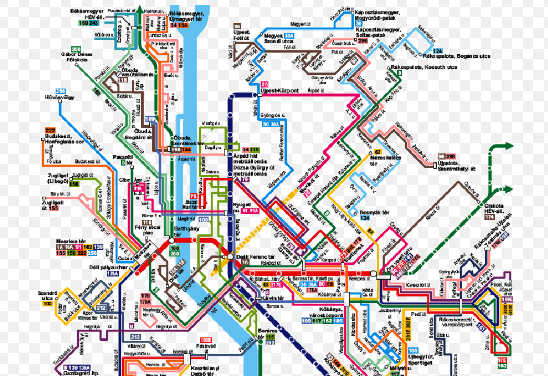Budapest’s public transport system has vastly improved during the last two decades, although a few holes still need to be patched up. Regardless, it’s still easy to get from point A to point B thanks to an extensive number of buses, trams, trolleybuses, three metro lines – with the fourth set to open in 2014 - , passenger ferries, night buses, and suburban trains. In case you’d prefer following your own path, you can always call a cab or a rent a bike. To make things easier on you, we’ve gathered all the info you need to know about getting around Budapest from the moment you step foot in the city.
Reaching downtown Budapest from the airport
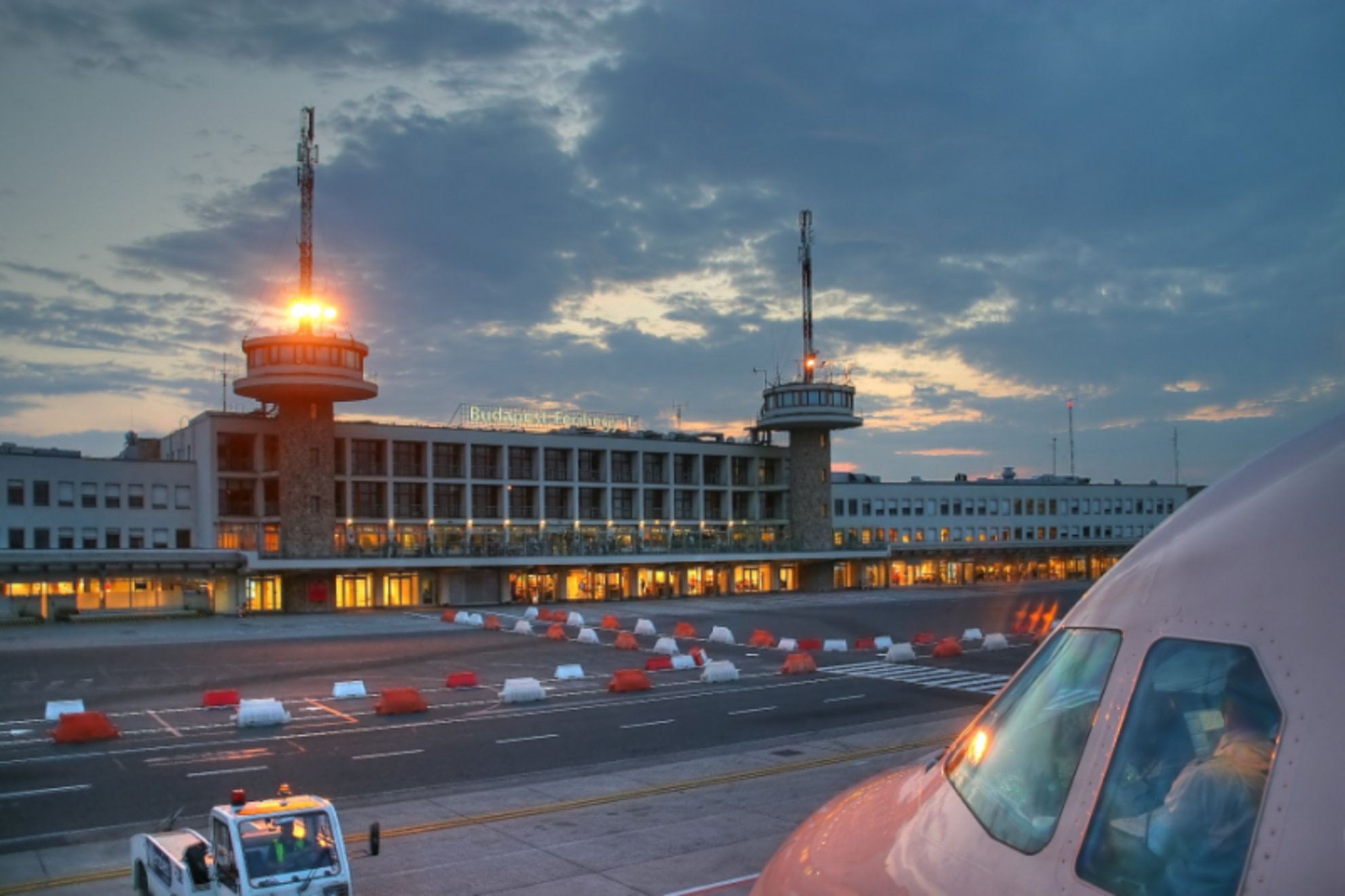
The most expensive – and possibly the fastest and most convenient – alternative of reaching the city’s heart from Budapest Liszt Ferenc Nemzetközi Repülőtér (Budapest Ferenc Liszt International Airport) is jumping into a cab. Only one company (Főtaxi) is allowed to use the airport’s cab stands, charging an amount ranging from 5,100 to 5,700 HUF depending on your destination. On a side note, you can call any other cab company you prefer, the gap separating the fares is rather insignificant - based on our experiences, we’d suggest Max Taxi and City Taxi.
The most obvious option for rolling into downtown is taking the Airport Shuttle, which offers both one-way and return transfers, with the prices also depending on the part of town you’re headed to. Booking online is easy, and you can gather all the info you need by visiting Airport Shuttle’s website. If you’re on a low budget, take bus 200E, which terminates at Kőbánya-Kispest metro station; where you can hop on metro M3, and can hop off at Deák tér (Deák Square), where you’ll instantly find yourself in the middle of Budapest’s buzz.
Despite the fact that Ferenc Liszt Airport’s Terminal 1 has been shut down, trains still commute between Nyugati Pályaudvar (Nyugati Railway Station) and the now non-functional terminal four times an hour. Bus 200E stops at Terminal 1, but this route is a tad too complicated, and should be preferred when you’re leaving the city.
Buses and Trolleybuses
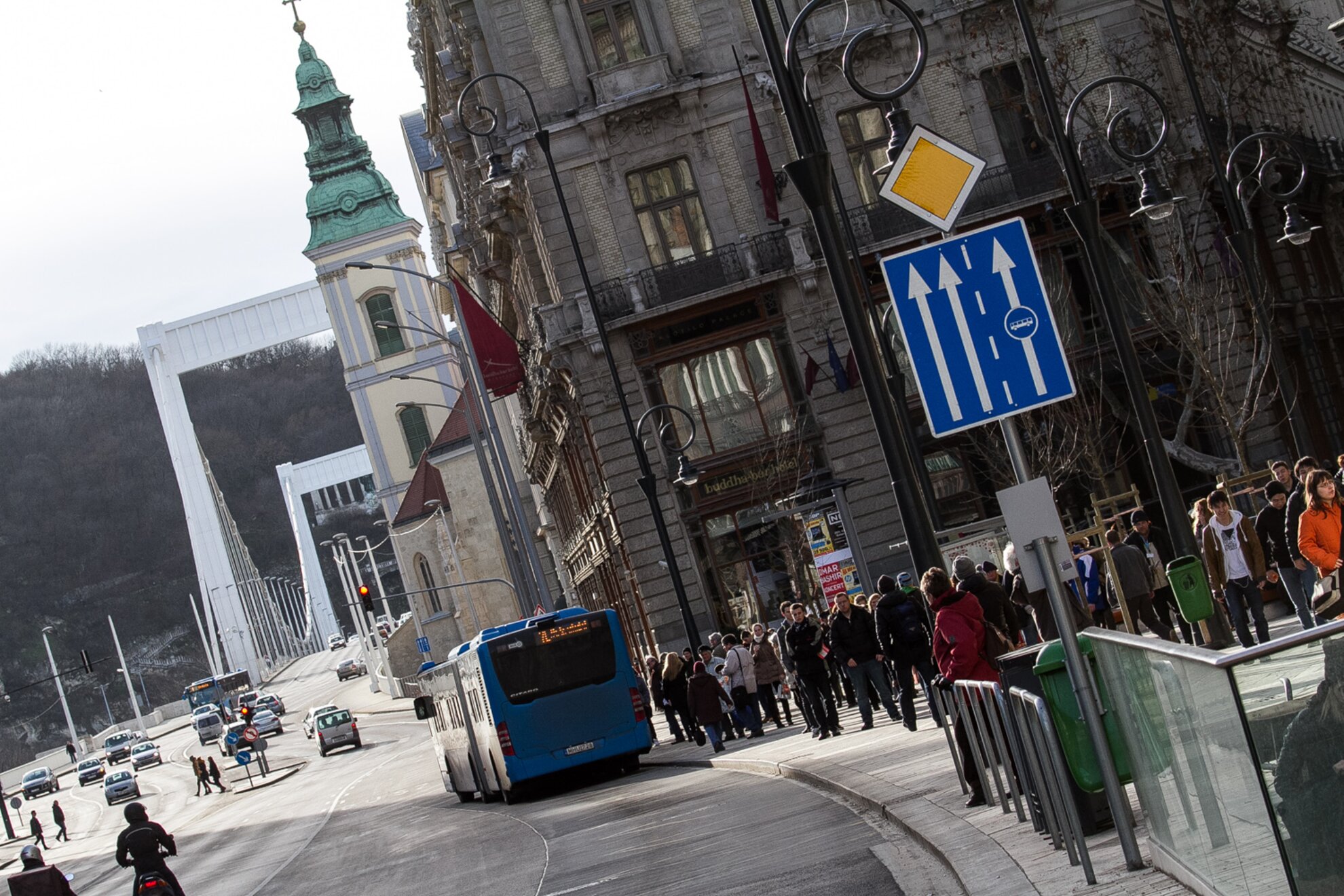
The number of bus lines criss-crossing through the concrete veins of Budapest is in the low-200s, so you’ll certainly bump into a bus stop even if you end up in the most deserted outskirts. Several lines have an added E (Express) after their numbers, which denotes that although the given bus still roams the same route as its E-less version, it makes limited stops.
The first buses turn on their engines at around 4:15, and operate until approximately 23:00-23:30.
Apropos: you won’t have any trouble travelling around the city at night, since 36 lines are in service after darkness falls; and, although it’s a bit off topic, tram 6 runs non-stop. Budapest’s major bus lines include 7, 173 (and their E-brothers, 7E and 173E, all four running from suburban districts through downtown Pest to southern Buda), 5 (which has an astonishing 57 stops), 86, and 105. Trolleybuses only operate in Pest, and the ones worth mentioning are 70, 72, and 75.
Metro and HÉV
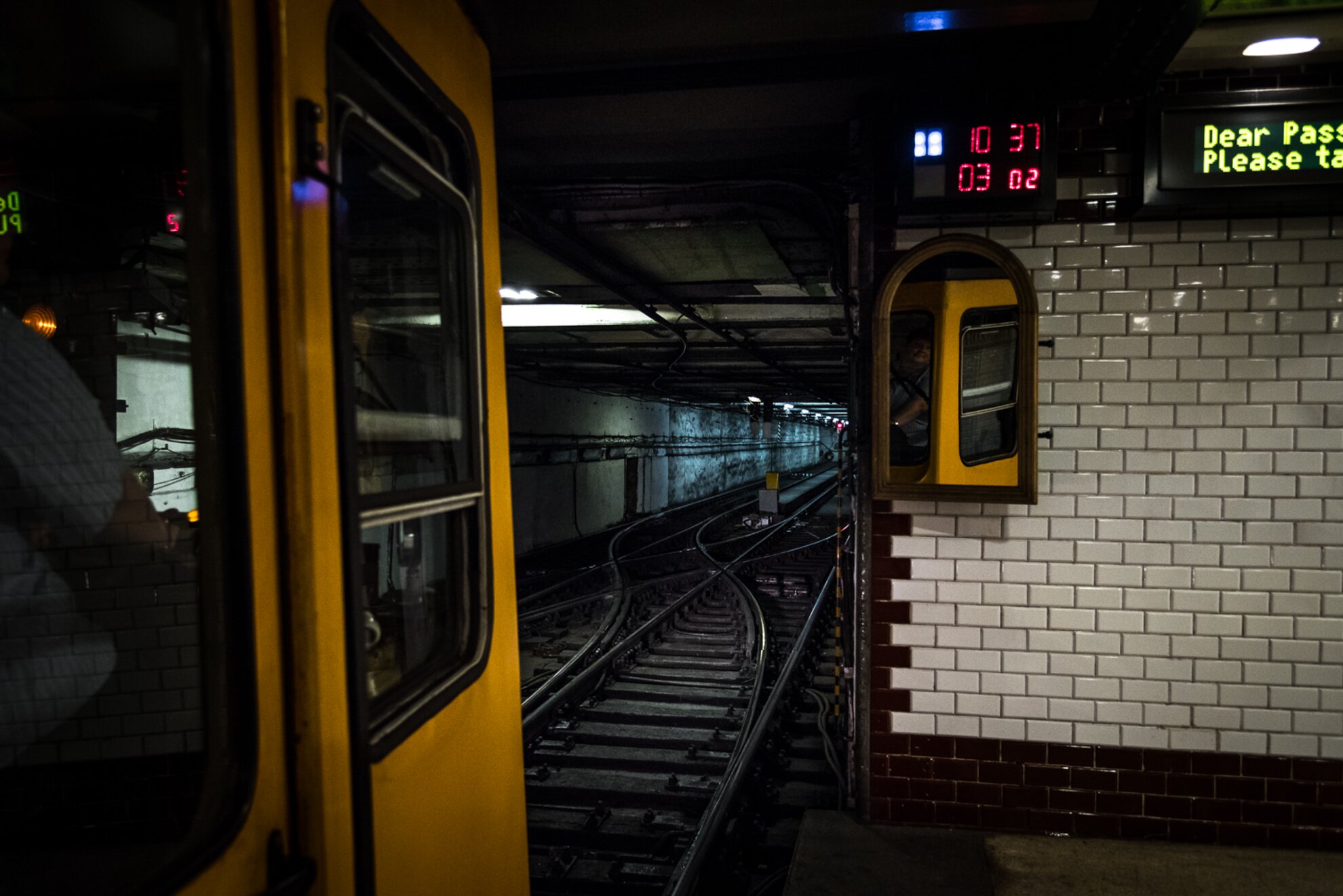
Budapest currently has a trio of metro lines converging only at Deák tér. M1, the Millennium line (marked with yellow) has been in operation since 1896. It is the second oldest underground railway in the world, and was the first of its kind in Europe. It connects Vörösmarty tér (Vörösmarty Square) with Mexikói út (Mexikói Road), and stops at spectacles such as Hősök tere (Heroes’ Square), the Hungarian State Opera, and Széchenyi Bath.
M2 (marked with red) connects Buda’s Déli Pályaudvar (Southern Railway Station) with Pest’s Örs vezér tere (Örs Vezér Square), and stops at Széll Kálmán tér and Batthyány tér (both providing an easy access to Buda Castle and heaps of romantic gazebos), Kossuth Lajos tér (the home of the Parliament), and Keleti Pályaudvar (Eastern Railway Station).
M3 (marked with blue) connects Újpest-Központ with Kőbánya-Kispest, and stops at Nyugati Pályaudvar (Western Railway Station), Kálvin tér (located in the vicinity of the Hungarian National Museum, Szabadság híd (Liberty Bridge), and Corvinus University), and the currently-under-construction Ferenciek tere (near Erzsébet híd (Elizabeth Bridge), Váci utca, and the Danube Promenade).
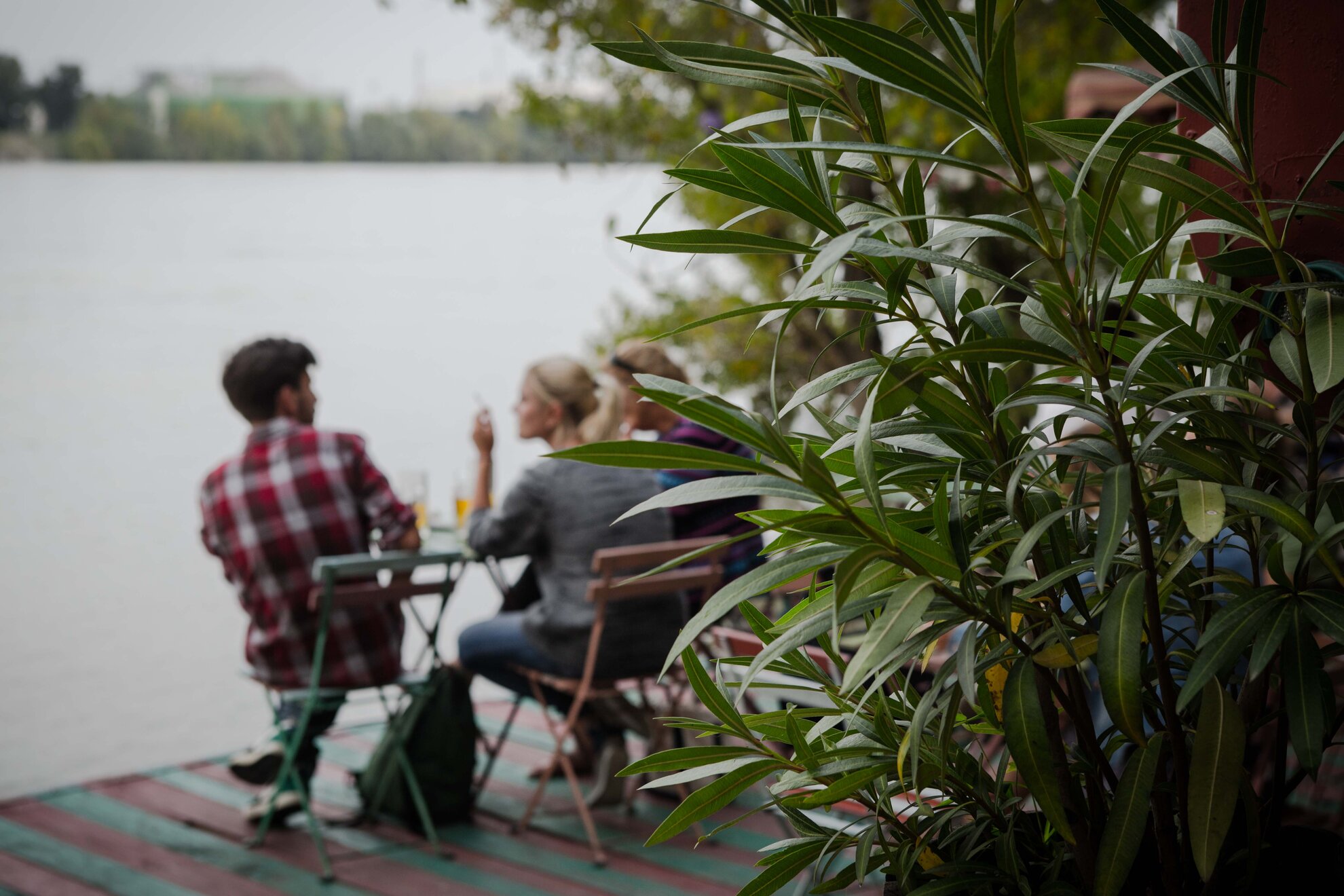
Budapest has five commuter rail lines called HÉV. The busiest, H5, kicks off its journey at Batthyány tér, and terminates at the peaceful, historically rich town of Szentendre. It crosses through Óbuda, and stops at, for instance, Margit híd (Margaret Bridge), Aquincum, and Rómaifürdő. Aquincum grants an opportunity to check out thousand-year-old Roman ruins, while the stop at Rómaifürdő is well within the reach of Fellini.H6 commutes to the southernmost parts of the city, and terminates at Ráckeve, way outside of Budapest’s borders. H7 connects Csepel with Boráros tér, a crowded junction located at the Pest side of Petőfi híd (Petőfi Bridge), a few minutes away from restaurant-filled Ráday utca. H8 and H9 both begin their trips to Gödöllő and Csömör, respectively, from Örs vezér tere, and provide easy, rapid solutions for reaching the suburbs. An excursion to Gödöllő’s Grassalkovich Castle on a sleepy Sunday afternoon is a great alternative for tuning out the city’s noise.Trams
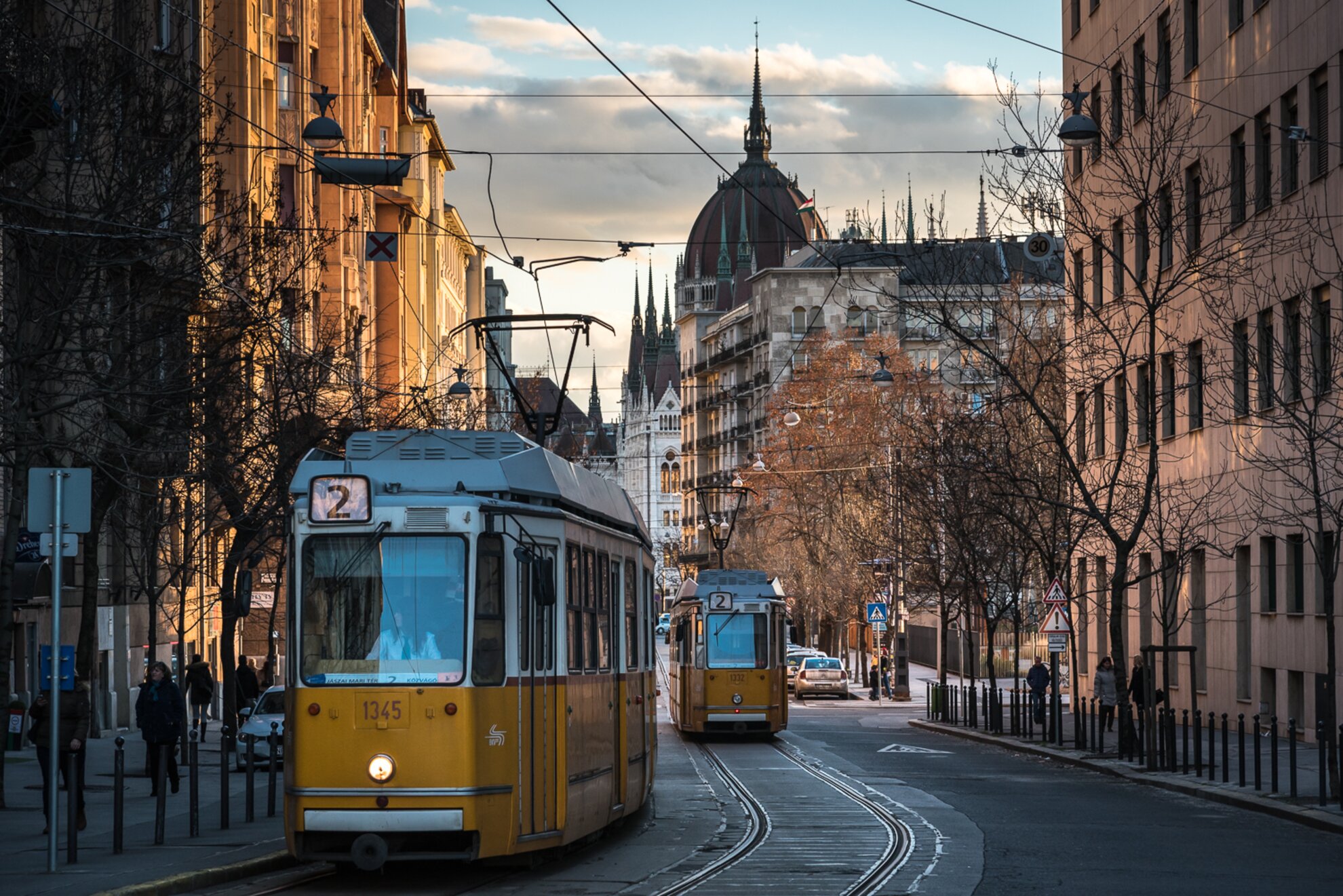
Budapest has 33 tram lines, including the busiest ones in the whole wide world, 4 and 6, which are referred to as négyeshatos (fourandsix) in Hungarian. The only difference between the two lines lies in their termini: 4 ends its journey at Fehérvári út, while 6 terminates at Móricz Zsigmond körtér, a never-resting urban junction where you can transfer to a plethora of buses (7, 173, 7E, 173E) and trams (47, 49, 61). Both 4 and 6 wander through downtown Pest and the urban parts of Buda, and stop at Blaha Lujza tér, Oktogon, Nyugati Pályaudvar, Margitsziget (Margaret Island), while also crossing a pair of bridges (Petőfi and Margaret Bridge).
The tram line boasting the most beautiful route is, without a doubt, number 2, which strolls along the Danube Promenade from Közvágóhíd to Jászai Mari tér, and stops at, for instance, the Parliament and Lánchíd (Chain Bridge), right next to Four Seasons Hotel Gresham Palace Budapest and Sofitel Chain Bridge.Passenger ferries
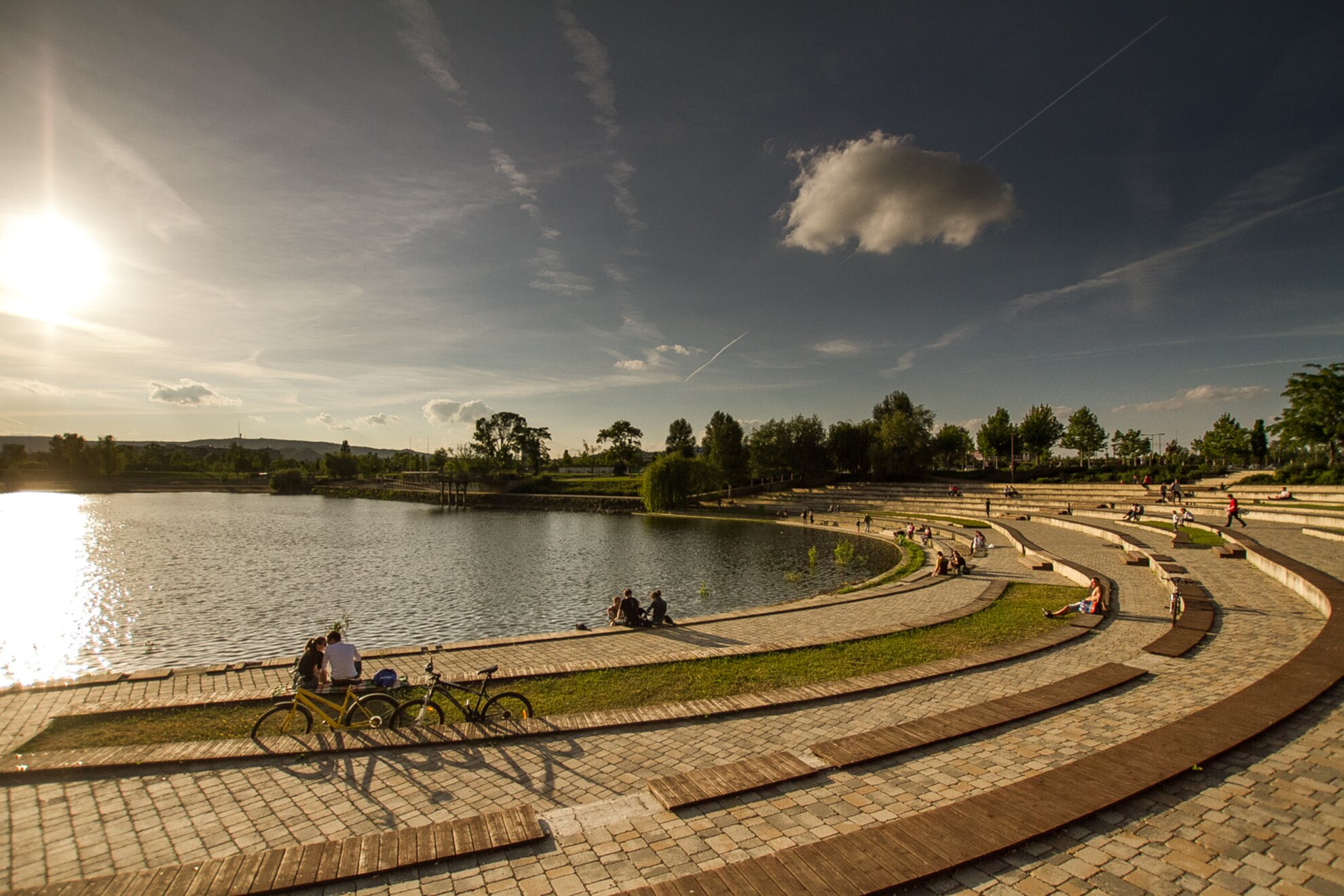
From late April until late August, three lines of passenger ferries operated by BKV (Budapest Transport Company) connect Budapest’s inner parts with locations fine-tuned for lazing around, sunbathing, romantic strolling, kayaking, and other summertime fun. D-11, running on limited service during the winter months, connects Kopaszi-gát (Kopaszi Dam) with Újpest, and stops not only at six bridges (Rákóczi, Petőfi, Liberty, Elizabeth, Margaret, Árpád), but also at one of the best clubs in the whole wide world, A38. D-12 - which has nothing to do with Eminem’s once-upon-a-time rap bunch - and D-13 both connect Kopaszi-gát with Óbuda’s Rómaifürdő, with the latter terminus providing an instant access to Fellini. Neither D-12, nor D-13 operates until spring takes over Budapest.Public transport fares and passesThe city’s ticket system is fairly complicated, so it is a lot easier to buy a travel card or a Budapest Card that’s most suited for the length of your stay. These passes provide unlimited access to all means of transport within their time of validity, while Budapest Cards guarantee heaps of discounts at various venues (baths, museums, restaurants, sights), free admission to the Zoo, and many more. For further, detailed information about prices, allowances, and points of sales (if all else fails, look for newsstands), check out BKV’s website. In case you’d like to sketch your trip in advance, we recommend BKV's official route planner.Cars and bikes
Being negative is not our piece of cake, but being objective and truthful is, so we need to tell you that rolling on four wheels in Budapest is not something you would ask for Christmas. There’s no shortage of traffic jams, finding a parking spot in certain neighborhoods is as hard as lighting a match in a tornado, and there are always ongoing roadworks to stir things up. We’d advise you to rent a car – a pair of examples for rental companies: Sixt and Avis - only if you’re planning to make atrip outside of Budapest. In case you’re still keen on getting a quartet of wheels despite our reasoning, you must know that parking rates range from 175 to 440 HUF per hour depending on the area. Feesare charged between 8:00 and 18:00, though the deadline stretches out to 20:00 in more prestigious areas. Covered parking lots can also be found in downtown Budapest – at Pesti Barnabás utca, at Szervita tér, and at Aranykéz utca, just to name a few -, which are more expensive, but guarantee maximum safety.
More and more people choose to abandon harmful-for-environment transportation habits by riding a bike. Cyclists from all ages can be seen on the streets of Budapest taking advantage of the expanding network of bike paths. Main roads - such as the downtown segment of ever-elegant Andrássy út (Andrássy Avenue) – might be a bit hardcore for an enjoyable ride, but side streets are absolutely fine; and you can always take a trip to the mountains of Buda, or, if you’re not a fan of fatigue fever and don’t really trust your stamina, head over to Margitsziget (Margaret Island) or Városliget (City Park). The best companies offering bikes for rent are Bikebase, Budapest Bike, and Dynamo Bike.
After you familiarized yourself with the city, have an ordinary week in Budapest.
